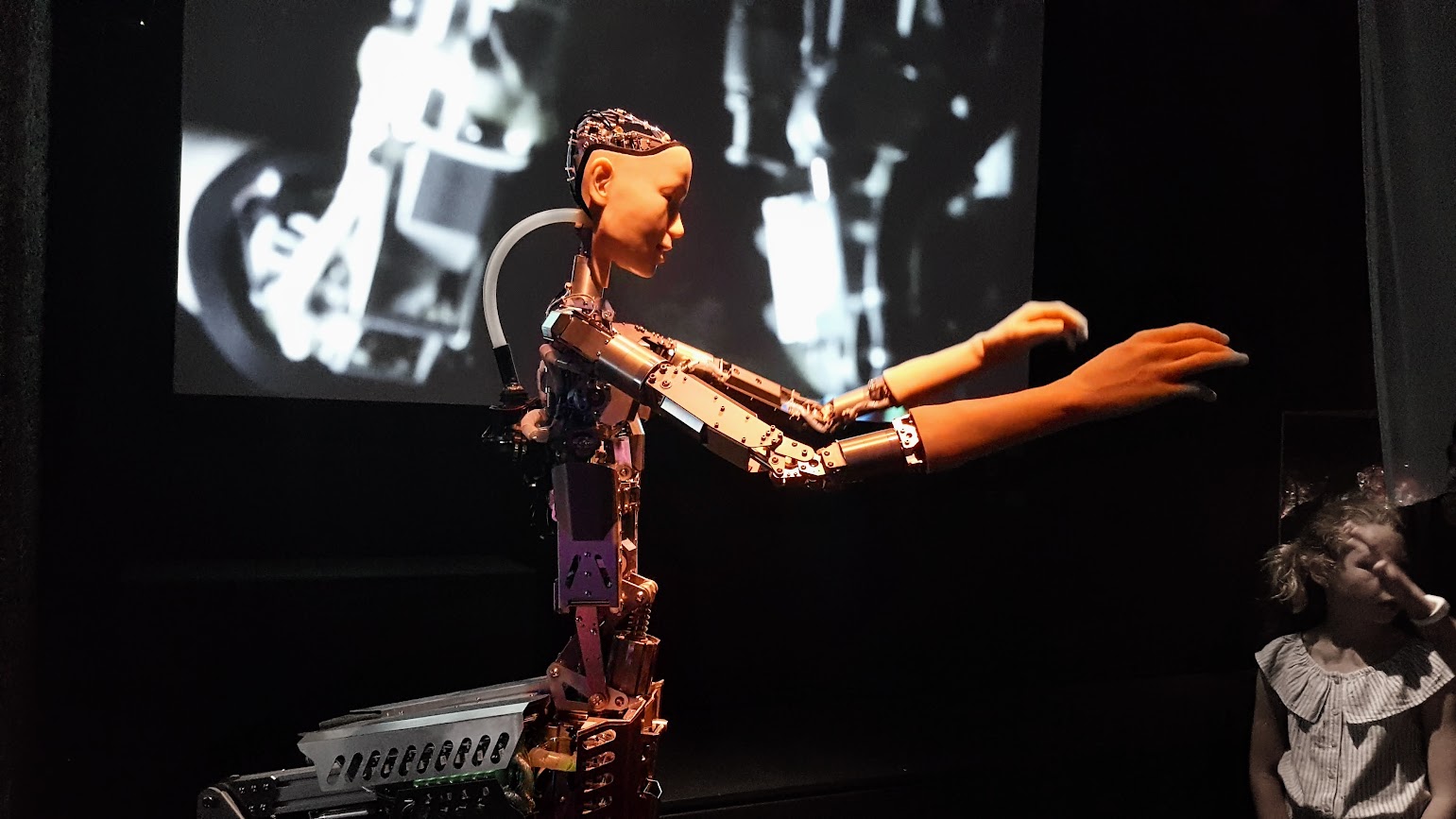Science
Researchers Unveil Artificial Neurons Aiming for AGI Breakthrough

Scientists at the University of Southern California have developed artificial neurons that mimic the behavior of real brain cells, potentially paving the way for advancements in artificial general intelligence (AGI). These artificial neurons utilize a novel technology called diffusive memristors, which replicate the chemical processes that occur in natural neurons to transmit and process information.
As modern artificial intelligence systems become increasingly reliant on real-time data processing, traditional digital processors are reaching their limits. Conventional electronics struggle to maintain low latency and high throughput essential for today’s data-heavy applications. The development of these artificial neurons represents a significant step towards overcoming these challenges.
Innovative Neuromorphic Computing
The artificial neurons created by the researchers are part of a broader field known as neuromorphic computing, which emulates the brain’s structure and functions. Unlike earlier neuromorphic chips that merely simulated brain activity through mathematical models, these new devices physically reproduce the processes of real neurons. By utilizing actual chemical interactions, they create a more authentic representation of biological function.
The key innovation, the diffusive memristor, operates by leveraging the movement of atoms rather than electrons, as seen in traditional silicon-based systems. This approach closely mirrors how biological neurons transmit information. In their experiments, researchers embedded silver ions in oxide materials to generate electrical pulses that replicate essential brain functions such as learning, movement, and planning. The choice of silver ions is crucial, as they diffuse easily and provide the necessary dynamics to mimic biological systems.
Potential Applications and Future Impact
The implications of this research are vast. The efficiency of diffusive memristors in both energy and size could lead to significant reductions in chip dimensions and energy consumption. This advancement could bring artificial intelligence much closer to achieving true AGI, which has long been a goal in the field.
The findings were published in the journal Nature Electronics, under the title “A spiking artificial neuron based on one diffusive memristor, one transistor and one resistor.” The exploration of artificial neurons is complemented by related research from the University of Massachusetts Amherst, where scientists have created low-voltage artificial neurons utilizing bacteria-grown protein nanowires. This development could enable direct communication between biological systems and computers, leading to bio-inspired devices that reduce the need for power-hungry amplifiers.
Future applications of these technologies may include sensors powered by human sweat or devices that harness electricity from ambient sources. The ongoing advancements in artificial neuron technology not only promise to enhance computing efficiency but also hold the potential to revolutionize the field of artificial intelligence as a whole.
-

 Politics1 week ago
Politics1 week agoSecwepemc First Nation Seeks Aboriginal Title Over Kamloops Area
-

 World4 months ago
World4 months agoScientists Unearth Ancient Antarctic Ice to Unlock Climate Secrets
-

 Entertainment4 months ago
Entertainment4 months agoTrump and McCormick to Announce $70 Billion Energy Investments
-

 Lifestyle4 months ago
Lifestyle4 months agoTransLink Launches Food Truck Program to Boost Revenue in Vancouver
-

 Science4 months ago
Science4 months agoFour Astronauts Return to Earth After International Space Station Mission
-

 Technology3 months ago
Technology3 months agoApple Notes Enhances Functionality with Markdown Support in macOS 26
-

 Top Stories1 month ago
Top Stories1 month agoUrgent Update: Fatal Crash on Highway 99 Claims Life of Pitt Meadows Man
-

 Sports4 months ago
Sports4 months agoSearch Underway for Missing Hunter Amid Hokkaido Bear Emergency
-

 Politics3 months ago
Politics3 months agoUkrainian Tennis Star Elina Svitolina Faces Death Threats Online
-

 Politics4 months ago
Politics4 months agoCarney Engages First Nations Leaders at Development Law Summit
-

 Technology4 months ago
Technology4 months agoFrosthaven Launches Early Access on July 31, 2025
-

 Top Stories3 weeks ago
Top Stories3 weeks agoFamily Remembers Beverley Rowbotham 25 Years After Murder









